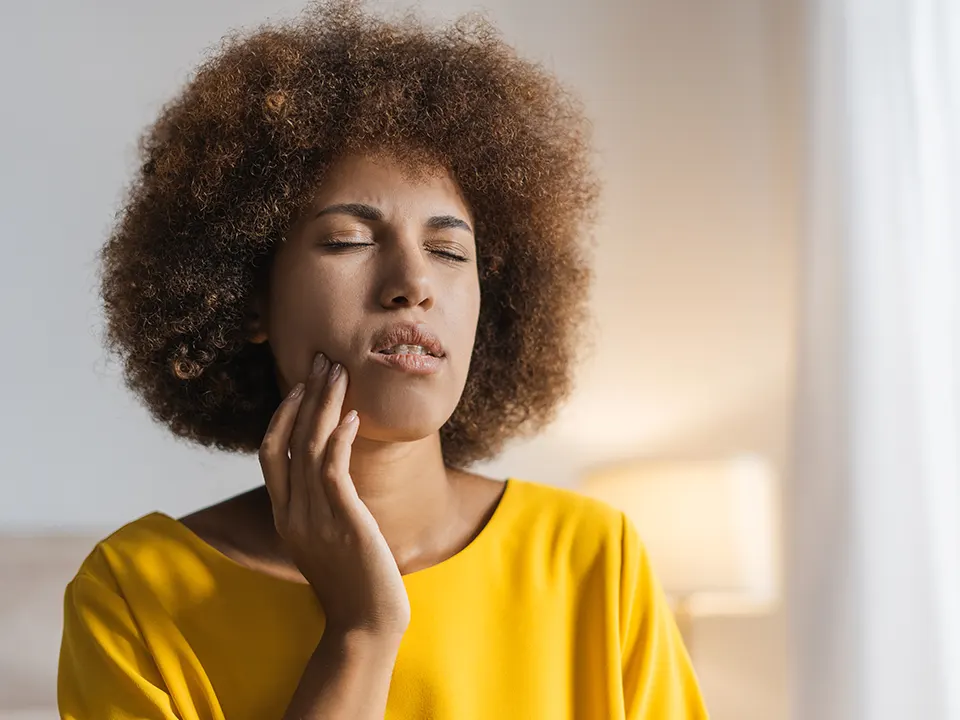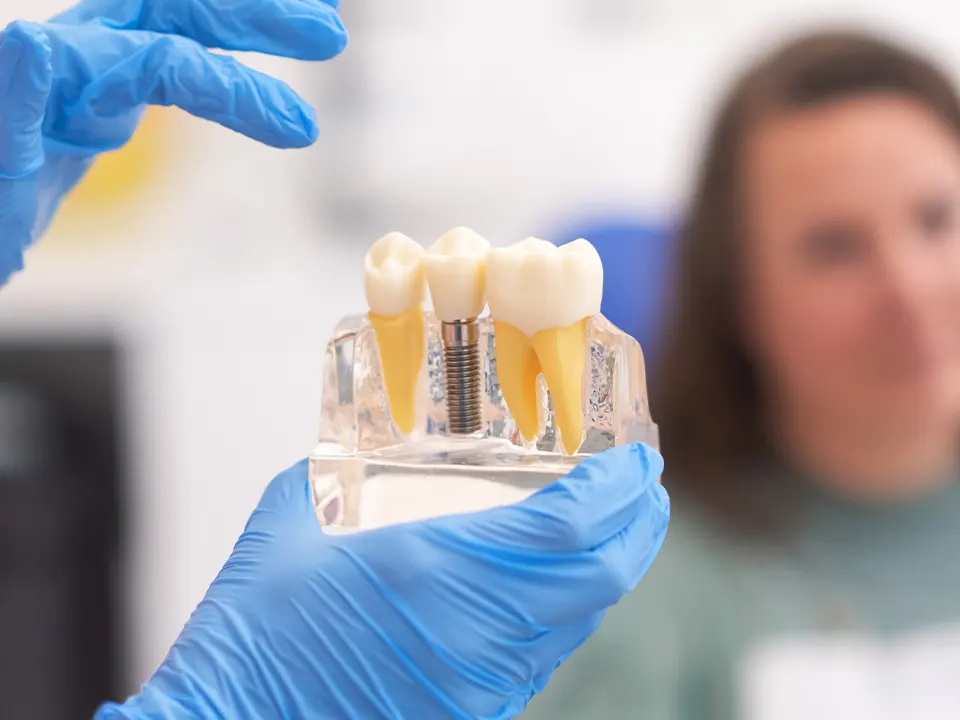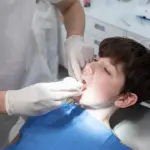
How to Prevent Kids’ Cavities: A Parent’s Guide to Healthy Smiles
June 19, 2025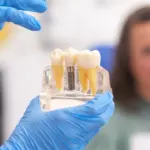
What Are Dental Crowns, and When Are They Used?
August 14, 2025Wearing a retainer after your braces come off might feel like a small detail, but it plays a big role in keeping your smile looking the way it should. While the braces did the heavy lifting to straighten your teeth, the retainer makes sure they stay that way.
After your braces are removed, your teeth still need time to settle into their new positions. The tissues and bone around them are still adjusting, and without a retainer, your teeth can start shifting back. That’s why retainers are an important part of finishing your orthodontic treatment.
Why Retainers Are So Important After Braces
Retainers are custom-made to help keep your teeth in their new positions after braces. Think of them as the support system that holds everything in place.
When your braces come off, your teeth are not completely settled yet. The bones and tissues around your teeth need time to adjust and stabilize. Without a retainer, your teeth may start shifting back toward their old positions. This is called orthodontic relapse, and it can undo a lot of the progress you made during treatment.
Wearing your retainer as directed helps prevent this from happening. It gives your teeth time to stay in their new spots so your results can last for the long term. In fact, using your retainer properly can help avoid the need for future orthodontic work. No one wants to go through braces more than once.
What Happens If You Don’t Wear Your Retainer
We get it. Retainers can be easy to forget, especially if you do not notice any changes right away. But the truth is, teeth can start shifting faster than you think.
In some cases, changes can begin just days or weeks after stopping retainer use. Over time, this shifting can lead to crowding, gaps, or bite issues. If it gets severe enough, you might even need orthodontic treatment again.
That is why most dentists and orthodontists recommend wearing retainers nightly well after your braces are removed. It is a small habit that protects a major investment.
Even if your teeth do not look like they are moving, subtle changes can add up. You might notice that your bite feels different or that certain teeth no longer line up the way they used to. These issues can affect how you chew, speak, or even sleep. Keeping your retainer routine consistent is one of the easiest ways to maintain your comfort and function.
How Long Do You Need to Wear a Retainer?
Every patient is different, but here is a general guide:
- Right after braces: You may need to wear your retainer full-time for the first few months. That usually means all day and night, only removing it to eat and brush your teeth.
- After the first phase: Your dentist may switch you to wearing it just at night.
- Long-term: Many people are advised to wear their retainer a few nights a week for life. This helps keep your smile in place as your body continues to change with age.
Your teeth are never fully locked in place. Even natural changes like aging, grinding, or pressure from chewing can affect their alignment over time.
Life events like wisdom teeth coming in or minor jaw changes can also put pressure on your teeth. A retainer helps keep things stable so you can enjoy your smile for years to come.
Types of Retainers
There are a few different types of retainers, and your dentist or orthodontist will recommend the one that suits you best:
- Hawley retainers: These have a thin metal wire that wraps around your teeth and an acrylic base that sits on the roof of your mouth. They are durable and adjustable.
- Clear plastic retainers (Essix): These look like clear aligners and fit snugly over your teeth. They are less noticeable and often more comfortable.
- Permanent retainers: These are thin wires that are bonded to the back of your teeth, usually on the lower front teeth. You cannot remove them, but they keep your teeth stable all day and night.
Each type has its pros and cons, and your dental team will explain how to care for yours properly.
Some people may use a combination of fixed and removable retainers, depending on their needs. The key is consistency and communication with your dentist to make sure everything fits and functions as it should.
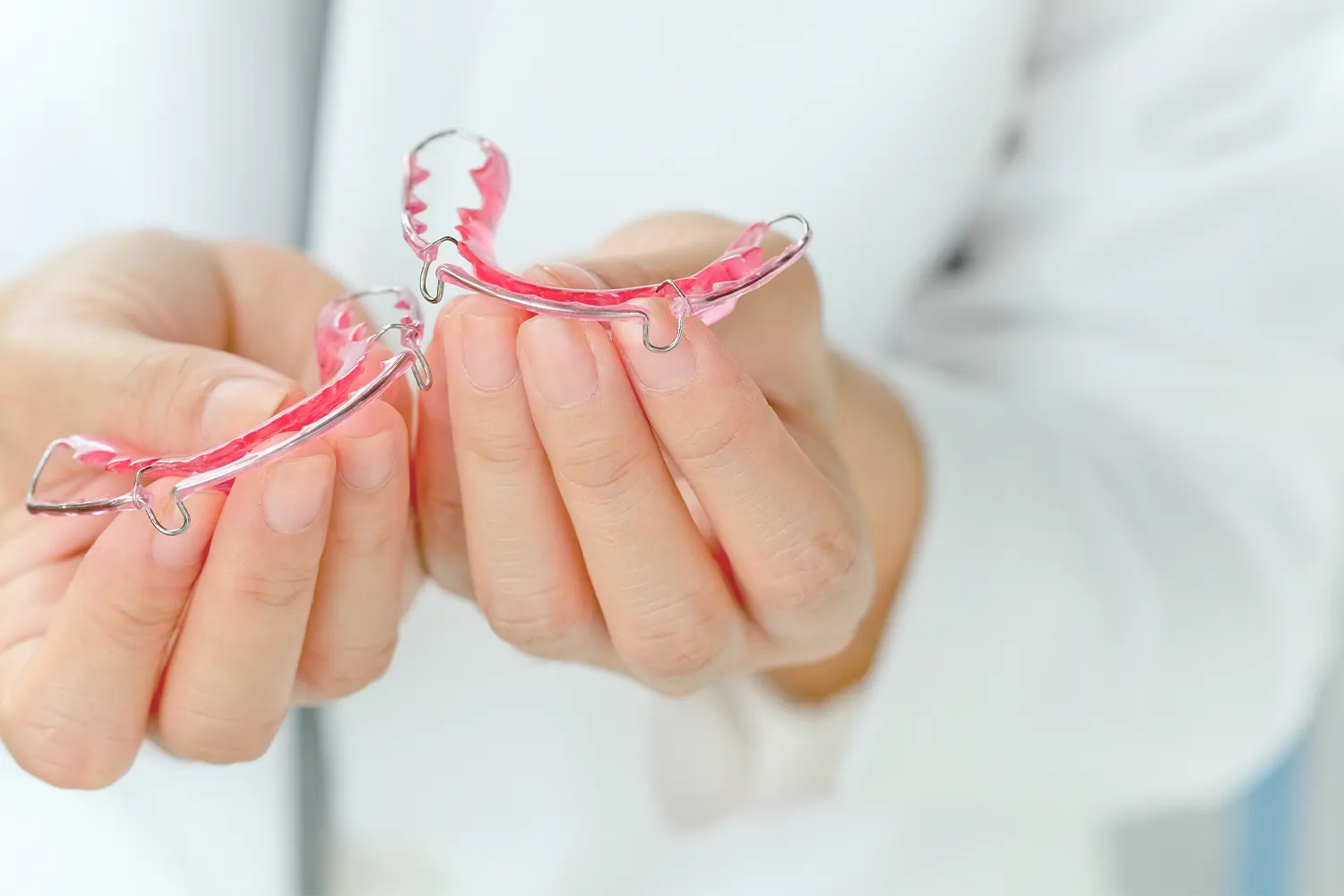
Tips for Taking Care of Your Retainer
Just like braces, retainers need some regular care. Here is how to keep yours clean and working well:
- Clean it regularly. Use a soft toothbrush and lukewarm water to clean your retainer daily. Avoid hot water, which can warp plastic retainers.
- Store it safely. Always keep your retainer in its case when you are not wearing it. Never wrap it in a napkin, as it can easily get thrown away.
- Keep it out of the heat. Do not leave it in direct sunlight or in a hot car. Heat can damage your retainer’s shape.
- Bring it to appointments. Your dentist or orthodontist may want to check the fit and make adjustments if needed.
- Replace it when necessary. Retainers do not last forever. If it starts to crack, feel loose, or stop fitting well, it is time for a replacement.
- Avoid biting or grinding while wearing it. This can cause cracks or distort the shape of your retainer over time.
- Follow your dentist’s advice. If something feels off or uncomfortable, don’t ignore it. A quick adjustment or check-in can save you from bigger issues later.
Keep Your Smile on Track
Retainers after braces are not just an extra step. They are a key part of keeping your smile healthy and aligned.
Wearing your retainer as recommended helps protect the time and effort you put into your orthodontic treatment. It only takes a few minutes a day, but the long-term benefit is worth it.
If you have questions about your retainer or think it is not fitting properly, reach out to our team at Ovation Dental. We are here to help you keep your smile looking and feeling its best.

